Why It’s Worth The Trip
As early as thirty years ago, Maui wasn’t exactly an epicurean destination. Though delicious in their own right, traditional Hawaiian fare—poi, lau lau, lomi lomi salmon, haupia—was primarily seen on the buffet tables at luaus. Local favorites, from manapua and poké to SPAM musubi, enticed kama’aina on the shelves of general stores but daunted visitors with their Trans-Pacific flavors and hard-to-pronounce names.
Travel to Maui, it seemed, and your culinary choices rarely exceeded mahi mahi with a macadamia nut crust. And while a number of restaurants cooked this gem to perfection, foodies saved their cravings and explorations for overseas and the U.S. mainland. Maui’s beaches, after all, made up for it in spades.
Fast forward to 2019 and Maui’s flourishing food scene tells a different tale.
The Food Network has featured mom-and-pop pizza shops in episodes that have been seen by millions. Rock stars have opened eponymous restaurants. Bakeries—both long-time Valley Isle institutions and single-manned pop-ups—have brought new meaning to satisfying one’s sweet tooth, and food trucks peddling everything from shrimp and rice to Thai crowd parking lots across the island (both dirt and paved). Meanwhile, farm-to-fork and sea-to-table have skyrocketed in popularity, giving diners a range of tastes inspired by Hawaii’s bounty.

Thank the advent of Hawaii Regional Cuisine for the shift. Started in 1992 by a group of twelve uber-talented chefs—Maui restauranteurs Bev Gannon, Peter Merriman, Mark Ellman, and Roy Yamaguchi among them—the trend began in an effort to rely less on imported goods (Hawaii is one of the world’s most isolated archipelagos) and more on locally sourced ingredients. It also focused on celebrating the islands’ rich plantation past—an era that brought laborers from Portugal, the Philippines, Korea, Japan, China, Australia, and Ireland, and forever changed the landscape of Hawaii, gastronomically and else. The result? Hawaii is now officially on the epicurean map—and shows no signs of stopping.
“For diners,” the Food Network writes, “it (Maui) offers the best of all worlds: With so much land zoned for agriculture, chefs there have access to some of the freshest ingredients—sometimes right outside their own restaurants. In fact, you’ll find some chefs have worked as farmers or fishermen, while some farmers have been chefs, so they understand the nexus of area flavors.” In response, cherished plates range from Big Island lobster and Hamakua mushroom wood-fired pizza at Merriman’s Monkeypod Kitchen to ahi bruschetta with edamame puree at Ellman’s Honu.
Also in response? Dining options on Maui are now profuse, ranging from budget-friendly grinds at Da Kitchen to epic, multiple-course spreads at the Maui Chef’s Table. Vacationers are privileged; locals downright blessed.
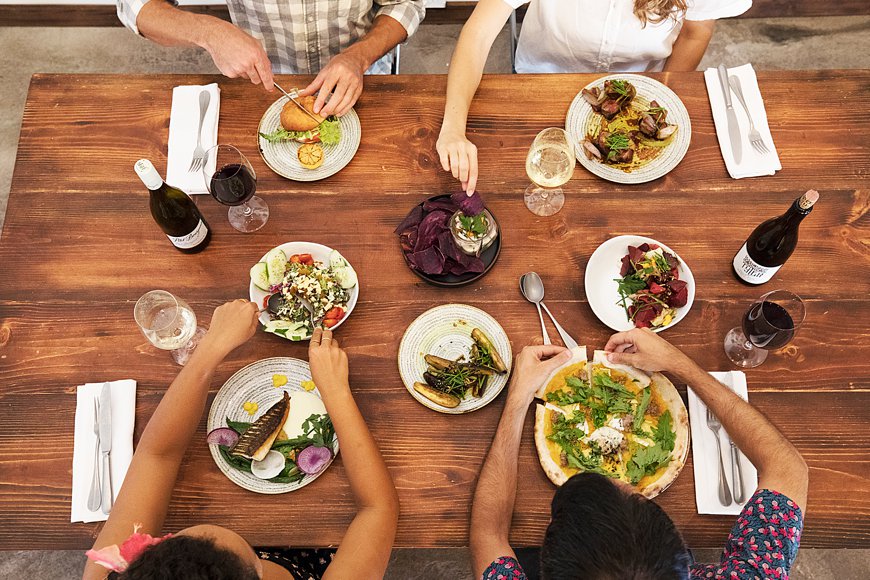
But many visitors elect to dine within the vicinity of their hotel or condo, chiefly on the leeward side of the island—Wailea, Kihei, Lahaina, Ka’anapali. It makes perfect sense—and the venues here are nothing if not commendable—but, without journeying into other parts of the island, vacationers miss out on two Maui restaurants that redefine stellar. Here’s the lowdown on these jewels, and why meals here are well, well worth the trip.
The Mill House: Waikapu
The Food Network may have been referring directly to The Mill House when they praised Maui’s burgeoning food scene. Located on the 200-acre oasis that is the Maui Tropical Plantation—a working farm that opened its doors to the public in 1984—superlatives often abound when describing the home of 2017’s Most Innovative Menu. Boundary-pushing. Fearless. Unparalleled. Spectacular. Integrity. One of a kind. The Mill House was also voted 2018 Best Restaurant on Maui by MauiTime’s Best of Ma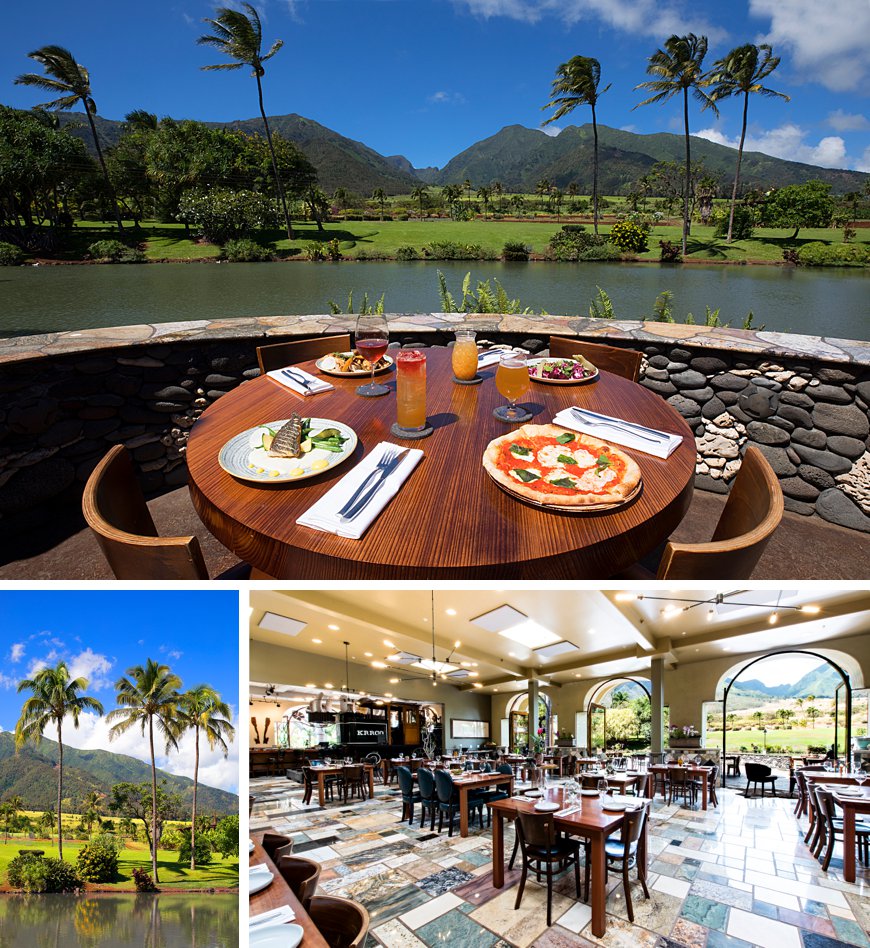 ui.
ui.
All deservedly so. The plantation has its roots—literally—in the 19th century, when it served as the epicenter of Maui’s agricultural scene. For the last two-plus decades, the former banquet hall-space The Mill House occupies served cafeteria-style food to families who had come to take tram tours of the lush land and the 40 crops the plantation harvests. When the establishment changed hands—with Mike Atherton and Albert Boyce at the helm—The Mill House and its surroundings began to be built out in phases. Relics salvaged from the Wailuku Sugar Mill—massive fly wheels, gears, and pipes—were repurposed to honor the sugarcane and pineapple workers who lived, tilled, toiled, and loved in Waikapu Valley and across the ‘aina. Two railroad cars, from the 1850s, command attention in The Mill House’s lounge; its bar is comprised of mango wood. “Both the Native Hawaiian past and the plantation past are strong influences on the construction imagery and artwork…we are giving patrons a direct visual and culinary connection to that past,” Boyce says.
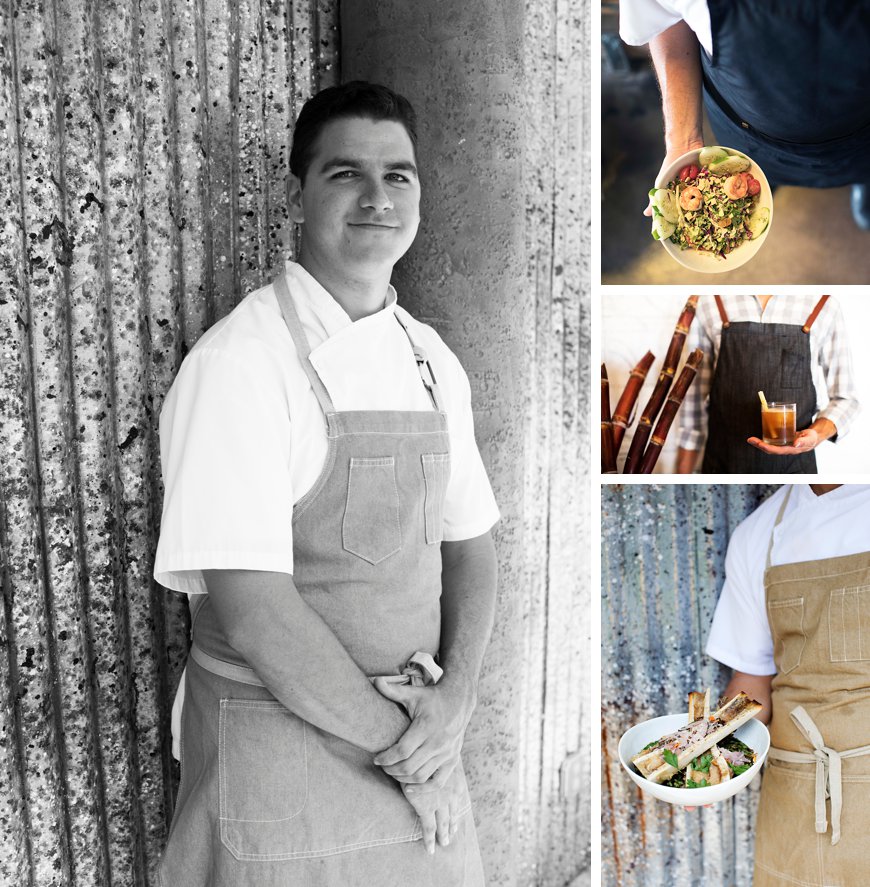
At the center of it all—and the brains behind the whole operation—is Executive Chef Taylor Ponte, a culinary master and local Maui boy.
His abundant talents and yen for constant expansion (personally, artistically, and in terms of sustainability) have found their perfect expression in The Mill House’s kitchen, where he often reimagines timeworn favorites through a local perspective—and all of them star the freshest ingredients, including the produce that grows on the two farms, Hoaloha and Kumu, mere yards from his kitchen.
Using a nose-to-tail approach to make good on his belief that nothing should be wasted, Ponte procures meat from the Texas Longhorns on the plantation’s property and from Beef & Blooms (Maui’s first certified organic ranch); pork from Haiku’s Malama Farms, and seafood from local fishermen. Microgreens are grown in the back of the kitchen, and everything—from bread to desserts and sausages—are made in house.
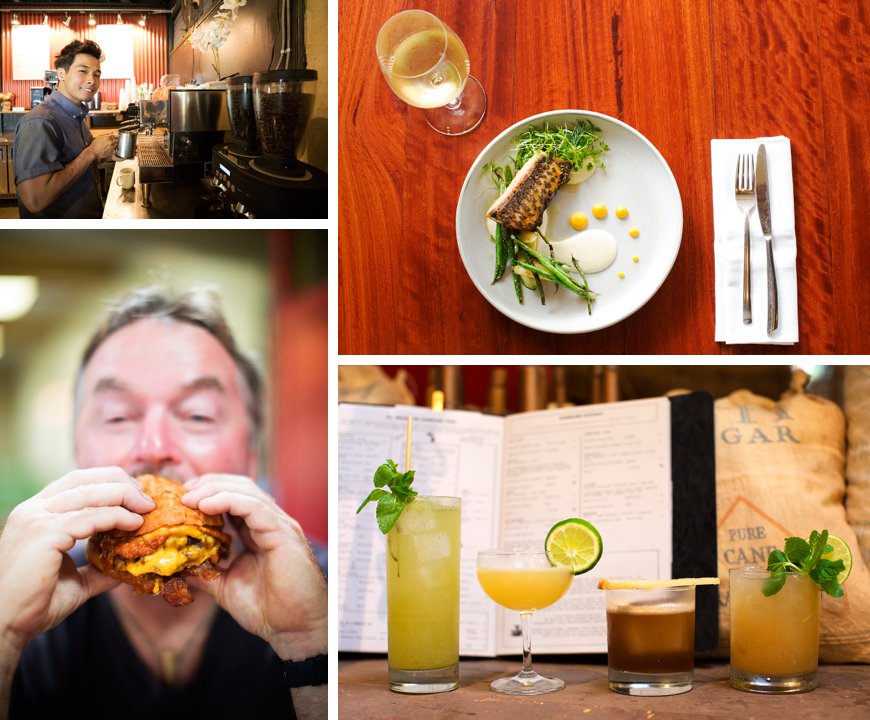
Creativity isn’t just the province of The Mill House’s food, either—glance at the bar menu and you’ll find yourself in artisanal-cocktail heaven, from a Shrub Royale prepared with Pau Maui vodka, St. Germain, Crème de Cassis, Pineapple Vanilla Shrub, and lemon, to their ‘Round the Fire with All Spice dram, smoked citrus, tiki bitters, and a 15-year special reserve El Dorado rum. The sugar used in their swills is organic, farm-fresh, and cold-pressed; their herbs, fruits, and vegetables are locally sourced and squeezed, muddled, and cut fresh.
As for the setting itself? It’s one of the most distinct on the island: sweeping views of the West Maui Mountains and the tranquility of the hillside’s taro and banana production. A pond filled with ducks abuts the venue, and exotic flowers provide an enchanting welcome.
Menu highlights: The Lilikoi Fizz, a zero-proof mocktail with lemon, cold-pressed sugar cane, coconut water, orange, soda, and lilikoi (passion fruit), is the ideal refresher after flying above the plantation on one of its two zip lines. Fresh beets get an inspired spin when they’re marinated in plantation-grown coffee and served on top of a lemongrass, coconut cream, and espresso strudel. SPAM may be missing from the menu, but its most-beloved form (musubi) is reinvented with mortadella, bonito aioli, and namusu pickle. Gnocchi with sage, brown butter, and caraway simultaneously comforts and astounds, while fresh, hand-cut pasta turns savory with beef ragu, spicy sausage, tomato, and garlic.
Mama’s Fish House: Kuau
Mama’s Fish House has risen so much in fame and acclaim that dining at this beachside venue is on par with Maui’s most popular activities, from driving the road to Hana to seeing the sunrise from Haleakala summit. A brief glance at the statistics practically undercuts subjectivity—and suggests its status. Mama’s was named the second most popular restaurant in the U.S. by OpenTable. TripAdvisor deemed it one of America’s ten best fine dining establishments. It consistently receives top honors, from Honolulu magazine’s Gold Award for Maui’s Best Restaurant (in their annual Hale ‘Aina Awards) to Maui No Ka Oi’s Most “Maui-est” Restaurant in the ‘Aipono Awards (indeed, as the recipient of more than forty-four ‘Aipono Awards, Mama’s may be the heaviest-lauded restaurant in island history). Reservations are booked long in advance, kama’aina stash away cash for celebratory dinners at their natural wood tables, and “Mama’s” as a landmark is used more often than the town in which it rests (that’d be Kuau, just east of Paia).
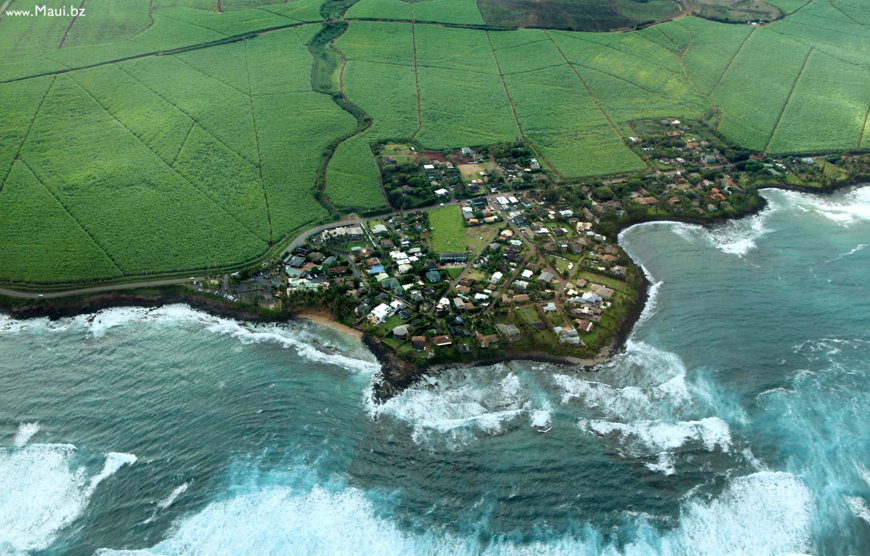
The extent to which it’s extolled shouldn’t arrive as a surprise, either. Authenticity is at the core of Mama’s fundamentals and has been since its founders, Doris and Floyd Christenson, served their first, ultra-fresh plate of fish in 1973. By then, the young, avid sailors had accumulated a treasure chest of knowledge about fishing, sustainability, and aloha living after spending years aboard a vessel that took them from Los Angeles to Pacific Island nations spanning from New Zealand to Tahiti. Fresh fish was a frequent sight on deck (flying fish provided sustenance during storms) and they aimed to provide the same delicious delights to their Maui patrons, serving seafood filleted within 24 hours of capture.
That original ethos has only deepened since Mama’s Fish House inception. Maui boy Perry Bateman—who began working at Mama’s when he was 19 and was named Maui County Farm Bureau’s Friend of Agriculture—now serves as the establishment’s Executive Chef, working closely with local fishermen and organic farmers to buy—and serve—the island’s ripest quality ingredients. “Mama” Doris and Floyd, determined to highlight bona fide Polynesian eats, seamlessly weave island staples—like ti leaf, coconut, and breadfruit—into their menu, while their world-renowned daiquiris are a nod to the cocktails the couple savored at sunset on their sailboat in “good weather” (they kept their limes fresh by burying them in sand). Some of Mama’s most noteworthy dishes are cooked with a Tahitian sensibility (such as poisson-cru ceviche), and, as Conde Naste Traveler affirms, Mama’s was “the first Hawaii restaurant to set a standard by printing the name of fishermen (and their vessel) that caught each item menu daily.” Result? They serve seafood so fresh it will, the magazine says, “set your taste buds soaring.”
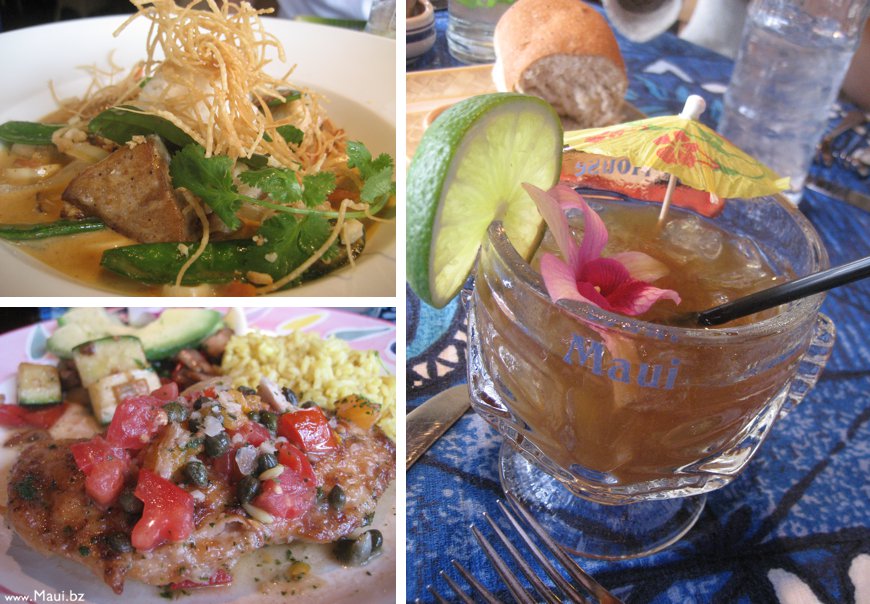
The setting itself is one for the books. Tucked onto a cove on the island’s North Shore, the open-air interior of the former plantation house is pure vintage aloha, with so many touches of the old South Seas one might forget they’re living in the 21st century. Palms frame views of the Pacific; come nightfall and tiki torches are ablaze. Waves, natch, crash in the distance.
The concept of ‘ohana—or family—is huge in Hawaii; Mama’s is no exception. Their staff may be over 300, with 55 or more working the floor in nearly symphonic harmony, but they share a common spirit in their vision. Bateman urges his sous chefs to taste the morsels (“Tasting,” he says, “is essential”), while every item in the restaurant—from the tablecloths down to the dishware—supports the local community. Glorious, romantic—but rooted firmly in preserving Hawaii—Mama’s is unstoppable.
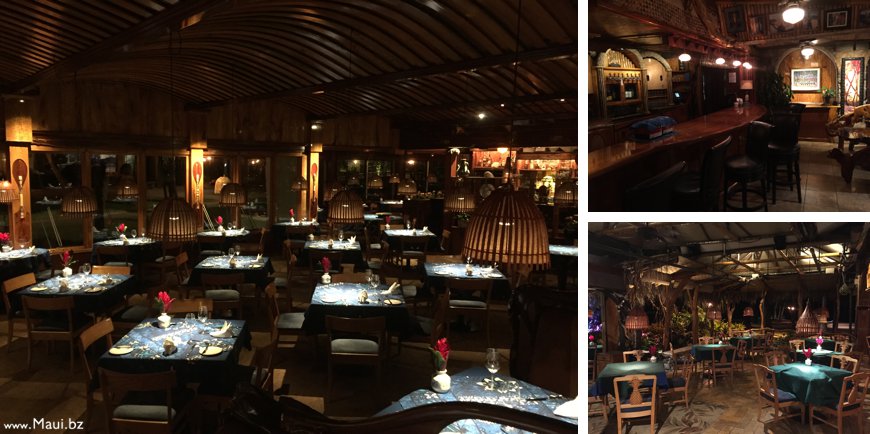
Restaurant highlights: Their most famous dessert (deemed one of the most sinfully delectable sweets in the islands by Honolulu), the aptly named Polynesian Black Pearl, is not to be missed: A coconut-wafer clamshell, marked by chocolate (ganache and mousse) and filled with Tahitian vanilla and lilikoi. The aforementioned ceviche—prepared with Hawaiian snapper and served with breadfruit chips—is a perennial favorite, thanks to its freshness and the addition of mango, kaffir lime, Maui chili pepper, and cilantro. As for that macadamia nut crusted mahi mahi? Mama both honors and recreates it: Theirs is stuffed with crab and Tristan Island lobster, then crowned with a pineapple butter sauce.
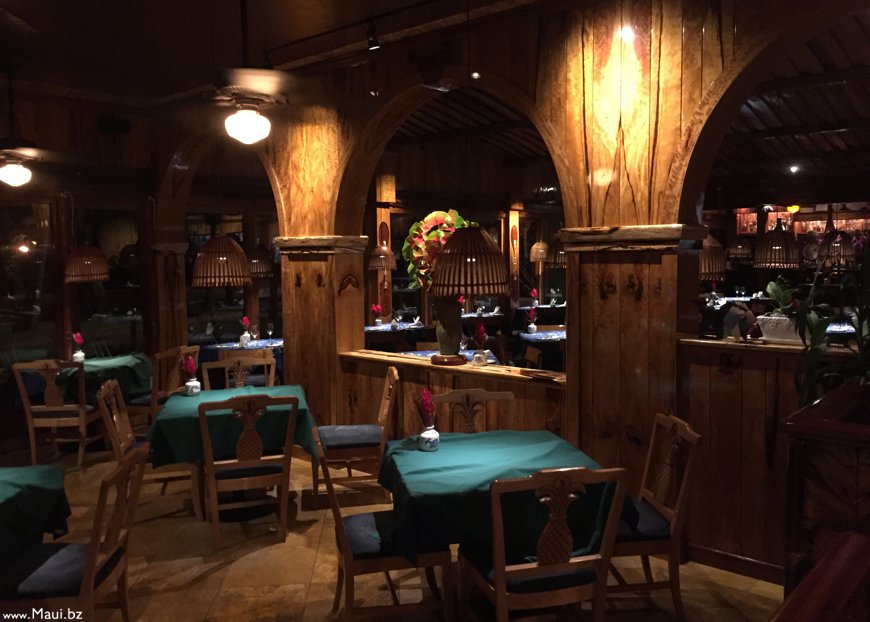
Chef’s secret: “We’re known for our fish,” Bateman says. “Opakapaka, onaga, ehu, papio, uku and really good, big eye sashimi. It’s an abundance for guests.”
Sound bites: “I work with a team who understands that it’s a gift to be able to prepare dishes with the freshest fish possible, straight from the ocean to our door every day,” Bateman says. “We get to use ingredients like sweet Maui onions just picked from the high elevations of Haleakala, and luau leaf, watercress and kalo (taro) from the streams by the ocean.” Our sound bite? If modern Hawaii had a taste, it’d be Mama’s and The Mill House.


Please use host culture names for local landmarks. There is no such thing as the West Maui Mountains! The name of that mountain is Mauna Kahalewai!!! House of Water, once one of the wettest places on earth. Also it would be nice to name the designer who created both of these unique spaces.